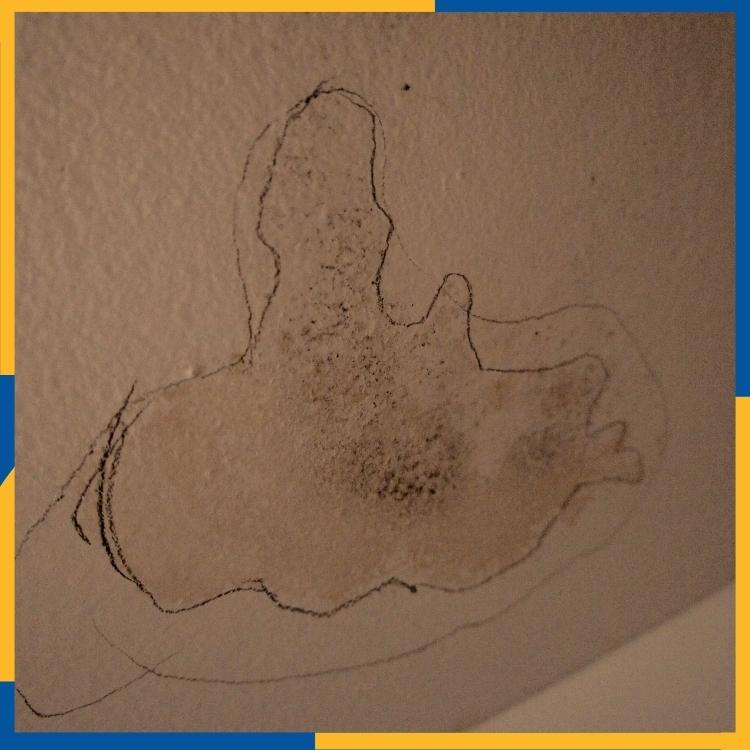We offer a wide range of services for that renovation, update, or regular maintenance to keep your home functioning and safe. We also offer financing options for those larger projects.

Drywall / April 26, 2022

Many homeowners believe that hanging drywall is as easy as placing a board against studs and screwing it in. In concept, this is a somewhat accurate — if not oversimplified — explanation of the process. Nevertheless, the assumption results in many overconfident homeowners hanging their own drywall and later regretting their decision. According to drywall services in Saskatoon, many calls for repair work result from well-meaning homeowners working beyond their skill set.
However, not all issues in drywall stem from improper installation, including the dreaded drywall bulge. There are at least four reasons your drywall might bulge.
Walls contain many vital home components, including electrical wiring and plumbing. Plumbing is the primary reason you might have drywall bulges in your kitchen, basement, laundry room, or bathrooms.
The water seeps into the drywall sheet through the paper backing. Once it soaks into the internal substance of the sheet, the material swell, creating bulges. Relatively minor leaks might not have drastic effects on the finished surface of the drywall because the bulging might occur on the insulation side of the material.
When you see bulging on the surface, you will need to contact a professional handyman quickly. You need to determine where and if there is a leak behind the wall.
Water is not the only cause of drywall bulging. The issue can arise if the material is not sufficiently fastened to the studs.
If you notice bulging occurring where two drywall pieces meet or see the tape or compound cracking in lifting or cracking, the drywall was likely not secured with enough screws. The weight of the material and lack of support is causing the material to pull away from the studs.
Drywall requires screws every 12 inches to ensure enough holding power. If the lack of screws is the cause of the bulging, it is often enough to resecure the piece and refinish the surface.
While a lack of fasteners can cause separation and bulging of drywall, overdriving fasteners can result in the same issue. Not only can overdriving result in the material pulling away from the wall later, but it can also expose the core to moist joint compound during the finishing stage of installation.
Like water, the joint compound can cause swelling in the core. Unfortunately, if the core is damaged, the only recourse is to replace the damaged area. You can patch the surface, but you will want to take precautions to avoid manufacturing a bulge.
Patching slight imperfections is often performed by homeowners. It is often Ok to take a DIY approach to such repairs if they are out of sight and mind. However, if a bulge is in a prominent or visible space, it is likely best to hire a professional to repair the damaged drywall.
While patches are advisable in some situations, the damage to a wall might be too severe to warrant such a small action. When damage is significant, it is often best to remove the entire section of drywall and replace it, resulting in a smoother and cleaner finish.
Does your home have drywall bulges? Are the areas soft and damp or dry and hard? While home repairs can often be accomplished with DIY techniques, do not overestimate your capabilities. It is usually better to hire a professional than try and make a repair on your own. You can contact the professionals listed with Handyman Connection to ensure you trust your home repairs to be licensed and qualified specialists. Drywall is crucial to the beauty of your home; it is always better to work with an experienced professional, regardless of personal ambition.